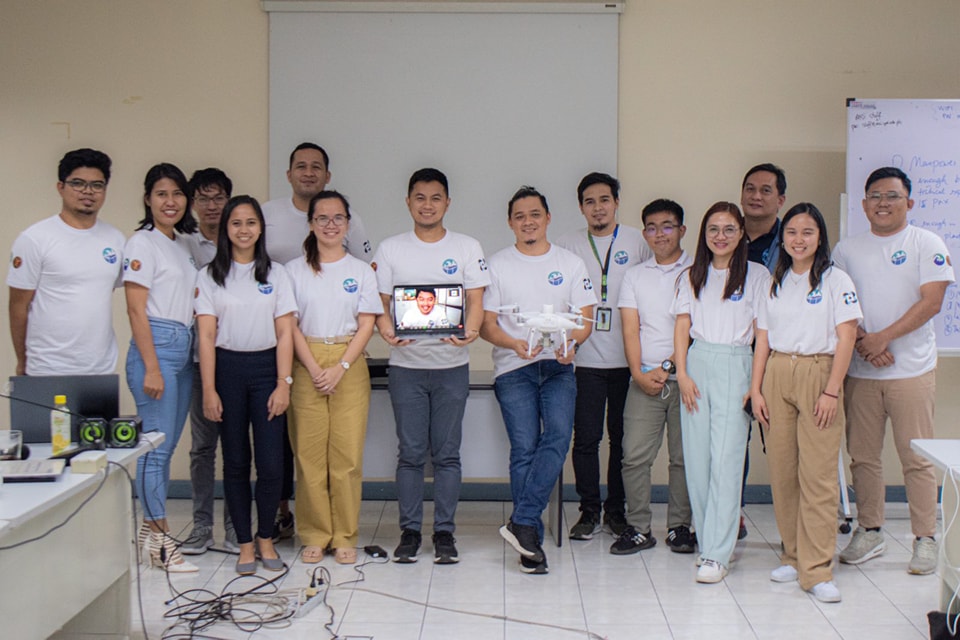Earlier today, PlastiCount Pilipinas trainees presented the preliminary results of the plastics research they conducted as part of the program. Part of the findings include the number of macroplastics and microplastics found in their selected sites as well as the types of plastics prevalent in their respective areas of study. While results varied on the actual count per study and location, one thing remains clear. Plastics are indeed present in the environment, in different habitats and in different forms, most commonly as plastic fragments and thin plastic wraps.
Given the findings of the studies, most participants recommend conducting further studies to gather more information and establish better baseline data while other participants recommended conducting studies that will look into other variables related to plastic pollution.
Project Leader Dr. Deo Florence Onda congratulated the participants on the conduct of their studies and praised the significant findings they yielded. Still, Dr. Onda highlighted the need to conduct more research as plastic pollution in the Philippines is a shared problem and responsibility. However, he emphasized the need to collect data in different parts of the country because the plastic pollution problem varies place-to-place.
This is why PlastiCount Pilipinas advocates for the conduct of more local plastics research because it is only through establishing a solid baseline data that we can formulate science-based and data-driven solutions specific to each area and pushes for the translation of scientific data into policies that will benefit the nation.

